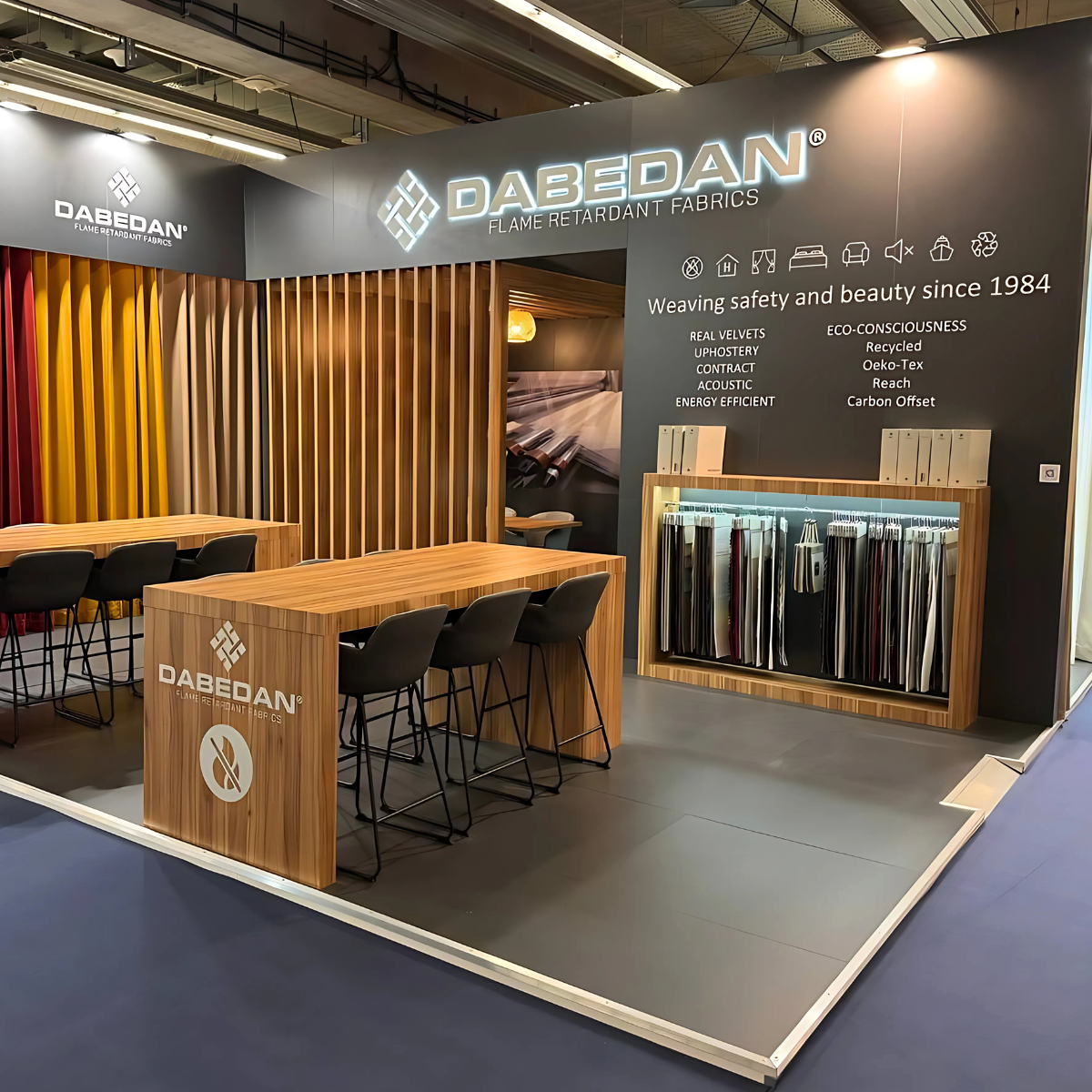How does fire spread? Key factors behind fire propagation

Understanding how fires spread is crucial for effective fire prevention and protection. In this article, we will explore the key factors that influence fire propagation, from heat transfer mechanisms to environmental conditions. By gaining insights into these dynamics, we can take proactive steps to protect ourselves and our communities from the dangers of fire.
Key factors affecting how fires spread
Several elements influence how a fire spreads, including the heat transfer mechanisms, available oxygen, and the type of combustible materials present. Each of these factors can either accelerate or decelerate fire spread, and understanding them is essential for fire safety measures.
1. Heat transfer mechanisms in fire spread
Fire spreads primarily through the transfer of heat from a burning source to nearby combustible materials. This heat transfer can occur in three ways:
-
- Conduction: Fire spreading through solid materials
Conduction fires occur when heat is transferred through solid materials, such as walls, floors, or metal objects. High temperatures cause particles in solid materials to vibrate, transferring heat to adjacent areas. This type of heat transfer is common in buildings where fire resistive materials are inadequate or absent.
-
- Convection: Heat transfer through gases and liquids
When fire spreads by convection, heat moves through hot air or liquid. As the warm air rises, it can cause nearby objects to catch fire. This type of fire is commonly observed in buildings with high ceilings or in open spaces, where the heat can travel upwards and ignite materials above.
-
- Radiation: Heat transfer without direct contact
In the case of fire spreading by radiation, heat is transferred through electromagnetic waves, which don’t require direct contact. During large-scale fires, radiation can cause nearby objects to heat up and ignite, even without touching the flames.
2. Oxygen levels and their Iimpact on fire growth
Fire requires oxygen to sustain itself, and the availability of this element greatly influences how a fire progresses. In enclosed spaces, the supply of oxygen can diminish rapidly, which may slow the fire’s growth. On the other hand, environments with ample oxygen can fuel the blaze, accelerating its spread.
3. The role of fuel type in fire spread
The type of fuel present can significantly influence how quickly and intensely a fire spreads. Some materials, such as wood and paper, are highly flammable and burn easily. Others, like metal and stone, are non-combustible and do not support fire.
The properties of the fuel being burned significantly impact fire behaviour. Key factors include:
-
- Flammability: This refers to a substance’s ease of ignition. Highly flammable materials, such as petrol or natural gas, have low ignition temperatures.
- Combustibility: This is a measure of the amount of heat released when a material burns. Materials with high heat release rates contribute to more intense fires.
- Fuel load: The quantity of combustible material present in a given area influences the intensity and duration of a fire.
4. Environmental factors: Wind, humidity, and terrain
Environmental factors can significantly influence fire spread. Key considerations include:
-
- Wind: It can rapidly spread fires by carrying embers and hot gases to new areas. Wind direction and speed play a crucial role in determining the direction and rate of fire spread.
- Humidity: High humidity levels can slow down fire spread by reducing the availability of oxygen and by absorbing heat.
- Terrain: The topography of the land can affect fire behaviour. Steep slopes can accelerate fire spread due to the rapid movement of hot gases and embers.

Phases of fire growth and propagation
Fires typically follow a progression from ignition to full development, with each phase influenced by the factors mentioned above:
- Ignition: The fire starts when a heat source comes into contact with a flammable material and oxygen.
- Growth: As the fire consumes more fuel and spreads to other materials, it grows in size.
- Fully developed: At this point, the fire is at its peak, and the heat transfer mechanisms (conduction, convection, radiation) are working at full force.
- Decay: After the fire has exhausted its fuel supply, it begins to slow down and eventually extinguishes.
How long does it take for a fire to spread?
The time it takes for a fire to spread depends on a variety of factors, including the type of fuel, the availability of oxygen, and environmental conditions. In some cases, a fire can spread rapidly, while in others, it may take longer to develop.
Key factors influencing fire spread:

How to prevent fire from spreading
To prevent the spread of fire, it is essential to implement effective fire prevention measures. Here are some key strategies:
Fire barriers and compartmentalization
Fire barriers, such as fire doors and fire-resistant walls, are designed to compartmentalize a building. These structures can limit the fire’s ability to spread from one area to another, giving occupants more time to evacuate and minimizing damage.
Fire suppression systems and their effectiveness
Fire suppression systems (including fire alarms, fire extinguishers, and sprinkler systems) are critical in preventing the rapid spread of fire. These systems can either alert occupants to the presence of a fire or actively work to contain or extinguish it before it grows.
Conclusion: Understanding fire propagation to improve safety measures
Understanding how fire spreads is essential for enhancing fire safety in buildings and public spaces. By considering factors such as heat transfer mechanisms, fuel types, and environmental conditions, businesses can implement more effective fire prevention and suppression systems. With proper planning and fire safety equipment, it’s possible to significantly reduce the risk of fire spreading and protect both people and property.
Subscribe to our newsletter
Receive all communications in your email to stay up to date with our news, as well as news and advice about the sector.
Latest published articles
Do you need advice?
We collaborate with you to develop custom designs tailored to the needs of each project, creating the fabric according to aesthetic, quality, or usage requirements.
Get in touch with us, and we will advise you on our products, or request a free sample.




